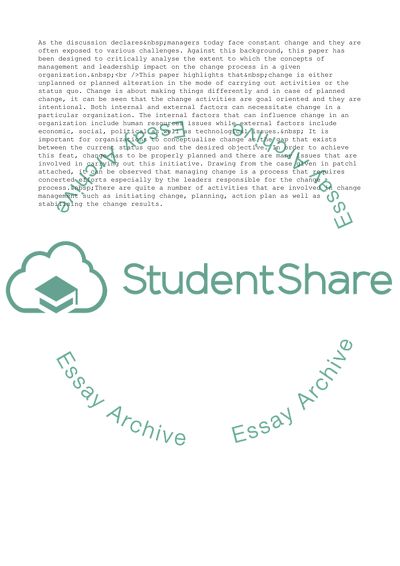Cite this document
(“Change Managment Essay Example | Topics and Well Written Essays - 5000 words”, n.d.)
Retrieved from https://studentshare.org/management/1612845-change-managemet
Retrieved from https://studentshare.org/management/1612845-change-managemet
(Change Managment Essay Example | Topics and Well Written Essays - 5000 Words)
https://studentshare.org/management/1612845-change-managemet.
https://studentshare.org/management/1612845-change-managemet.
“Change Managment Essay Example | Topics and Well Written Essays - 5000 Words”, n.d. https://studentshare.org/management/1612845-change-managemet.


